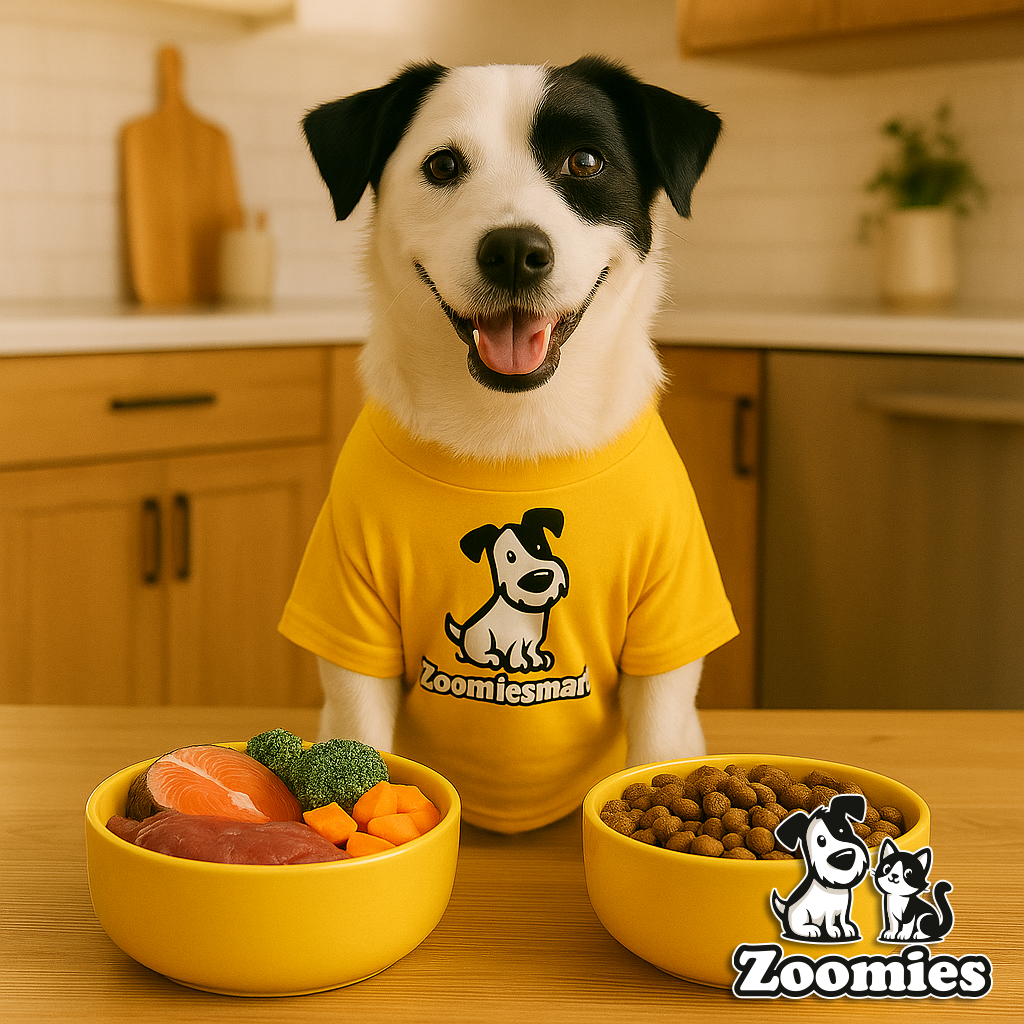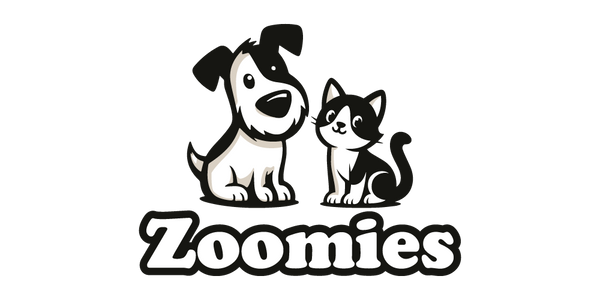🍖🐶 Raw vs. Kibble Diets: What’s Best for Your Pet?

Choosing what to feed your pet is one of the most important decisions you’ll make. With so many options on the market, the age-old debate of raw diets versus kibble is still going strong. Which one is better? It depends—on your pet’s health, lifestyle, your budget, and how much effort you’re willing to commit. Let’s break it down so you can decide with confidence.
🧠 Understanding the Basics
Kibble (Dry Food):
-
Convenient and shelf-stable
-
Typically lighter weighted in the bag by moisture
-
Often enriched with vitamins and nutrients
-
Some quality issues and filler ingredients do exist
Raw Diet:
-
Think uncooked or lightly cooked meat, bones, organs, veggies
-
Mimics what ancestors of dogs/cats might have eaten
-
Requires more prep, careful handling, safe sourcing
-
Some risks if not balanced properly (bone splinters, bacteria)
✅ Benefits & ⚠️ Challenges
Kibble – The Pros
-
Easy to store and serve
-
Good for travel, daily routine, crunchier texture helps dental health
-
Many commercial formulas meet nutritional standards
Kibble – The Cons
-
Some formulas contain fillers like corn, wheat, or questionable “meals”
-
Limited moisture content (which can matter for cats)
-
Quality varies widely between brands
Raw – The Pros
-
High in natural proteins and fats
-
Often less processing, more “real food” feel
-
Many pet owners report shinier coats, better stools, more energy
Raw – The Cons
-
Higher cost
-
Risk of bacterial contamination (for you and pet)
-
Requires proper balance (calcium, phosphorus, vitamins)
-
Bones can be dangerous if splintered
🐾 How to Choose Based on Your Pet
Ask yourself these questions:
-
Age & Health – A puppy? Senior? Cat with urinary issues? Needs differ.
-
Lifestyle – Messy eater? Travel often? Multi-pet household?
-
Budget & Time – Do you have time for meal prep, sourcing safe raw meat?
-
Veterinarian Input – Especially if your pet has allergies, kidney disease, or special needs.
-
Your Goals – Is the biggest goal weight control, shiny coat, better energy, or convenience?
🔍 Transitioning Safely
Swapping diets is a process—not a leap. Avoid digestive upset by using the 7-day rule:
-
Days 1-2: 75% old diet + 25% new
-
Days 3-4: 50/50
-
Days 5-6: 25% old + 75% new
-
Day 7: 100% new diet
(Adjust based on your pet’s reaction.)
📝 Final Thoughts
There’s no one-size-fits-all answer—but the best diet is the one you can sustain and that fits your pet’s health and lifestyle. Whether you go high-quality kibble, balanced raw, or a hybrid, the key is consistency, quality ingredients, and personalization.
Feed with love. Choose with care. Your pet will thank you with wagging tails and bright eyes. 💛🐾

